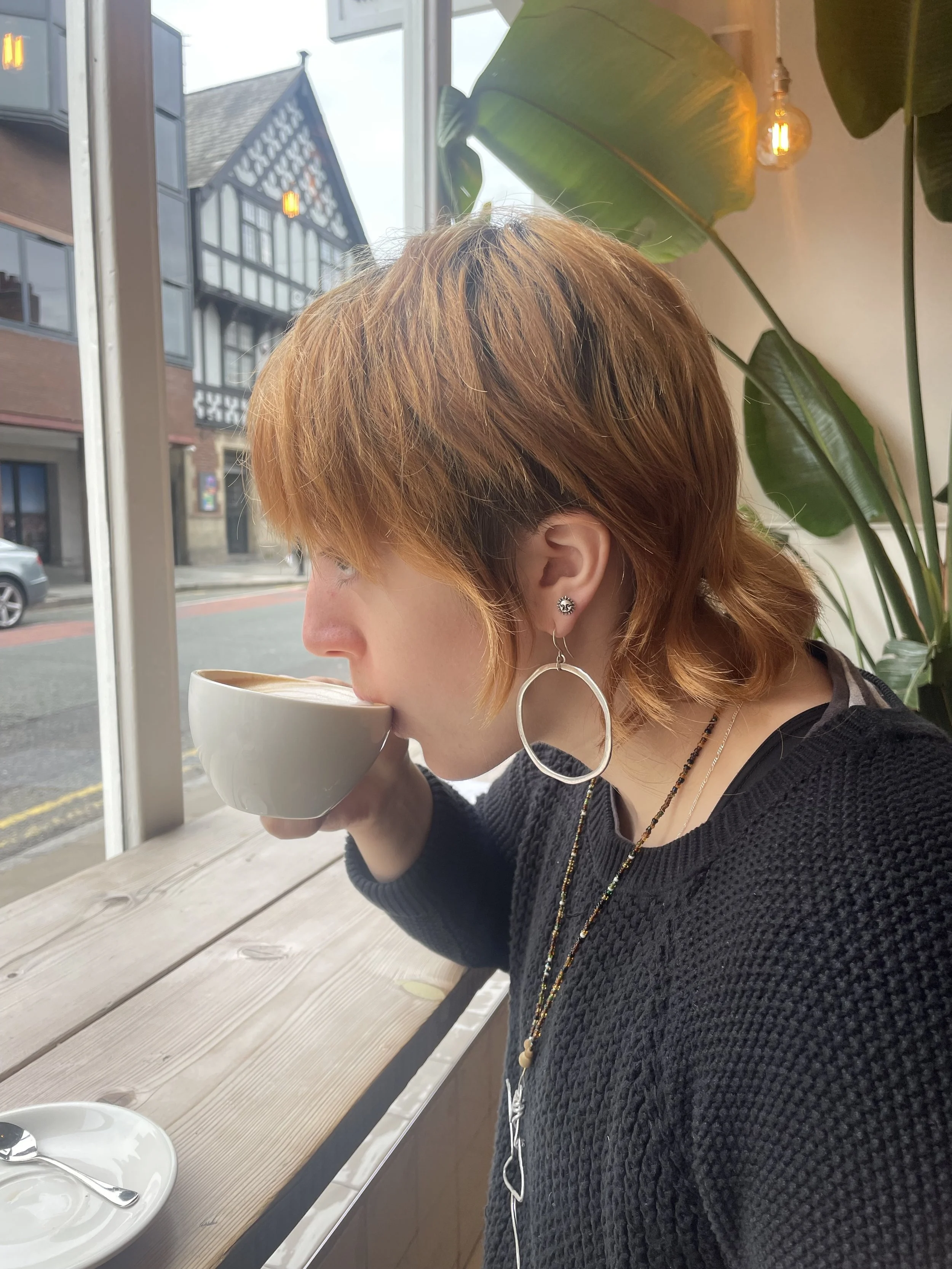Save a Horse, Ride a Cowboy: A Journey into Queer Country
Country is back in. From fashion trends (flannel, denim, cowboy boots, fringes, and leather) to music and Art, country is truly having a revival. But what some people may not know is that Queer Western is also enjoying the limelight.
The obvious place to start is Popular Country Films — so often featuring homoerotic tension between two hunky cowboys. Recently there has been Strange Way Of Life (2023) featuring Pedro Pascal, and not to forget the Queer classic that is Brokeback Mountain (2005) - a change-maker for gay representation in film.
The Queer Western genre is being explored more than ever in popular media, personal style, and even on stage (Cowbois, West End, RSC, 2024). Even popular music exudes a Queer campness such as Lil Nas X’s ‘Old Town Road’ which shattered genre norms.
The American Cowboy
Stereotypes portray cowboys as white and hyper-masculine, a physical representation of America’s core values – independence, motivation, and individualism. Do not act too shocked - this representation is flawed, as the historic roots of cowboys originated in Mexico, where they were known as ‘vaqueros’. ‘Vaqueros’ were hired by ranchers for their herding skills and to tend to cattle. Over time, more English-speaking people settled in the West and thus adopted more aspects of the cowboy profession. Cowboys and cowgirls have always been a diverse group of people, ranging from Native Americans, POC, Mexicans, and European settlers. The traditional Western tropes we see in older Western films were manufactured in their time and are therefore outdated and must be taken with a grain of salt.
The Queer Cowboy
The Wild West was an escape for many; a chance of freedom as many fled their homes, abuse, or plantations. There was flexibility when it came to self-expression, gender roles, and expected behaviours. Though there was still a binary when it came to gender, it was less rigid – the same was true for homosexuality. It is also important to note that a lot of records of Queer or trans cowboys were wiped and destroyed, often due to shame or homophobia. The number of men outnumbered women to such a degree that, often, men would take the role of women in dances – dress and all. This lack of balance between the number of females to males led to cowboys stepping into traditional female roles in their domestic, and occasionally romantic, lives.
Queer Western today
If we take a moment to consider the Queer history of cowboys and the degree to which it has been erased and whitewashed, it is heartwarming that Queer cowboys have entered the mainstream again. The Queer cowboy is more popular than ever, and films featuring cowboys in love are not hard to find…
Historically speaking, many archives, evidence, and stories of the homoerotic reality of the Wild Wild West have been erased and yet authors, writers, and directors continue to create Western stories featuring Queer love.
We have reached a point in Western society where, more than ever, non-conformity is celebrated. Whether this non-conformity is portrayed by male pop stars wearing dresses and jewellery, actors coming out as non-binary, or musicians breaking norms, there are more famous Queer people in the limelight than ever before. Obviously, the work is not complete. There is still bigotry and hate, but Queer visibility leads to Queer creativity which, in turn, leads to Queer stories appearing where they have been previously erased or ignored. Moreover, this visibility is leading to more forms of self-expression being normalised, and, with that, people are feeling more able to explore their personal style.
This is relevant to many trends, including Western fashion today. Fashion is cyclical; clothes that were worn centuries ago join the trend cycle today. Vogue published an article called “Go West This Spring With Cowboy-Inspired Fashions” and over summer we have seen trends with festival wear, cowboy boots, and fringed jackets - it’s all connected.
When you’re next scrolling through Pinterest and Instagram and the winter trends catch your eye, take a moment to consider what inspired this style. Ask yourself, what is the history? Who really inspired this look?
Written by Edi Bennett
My name is Edi, I am an English Lit student with a passion for zines, literature, and any form of Queer media. My favourite thing to do is explore vegan cafes in every city or town I visit, especially if they have a great all-day vegan brekkie.




